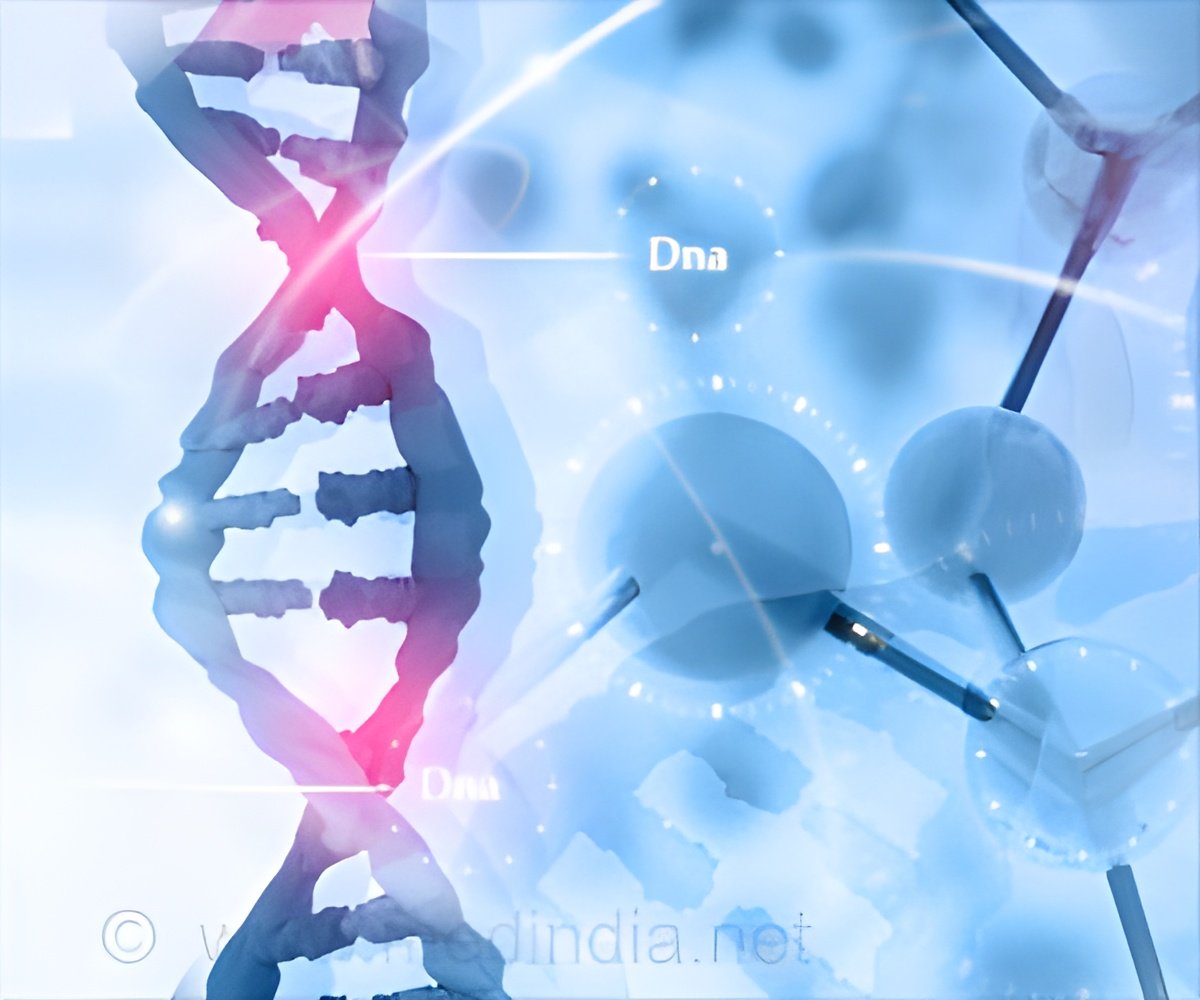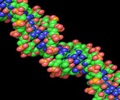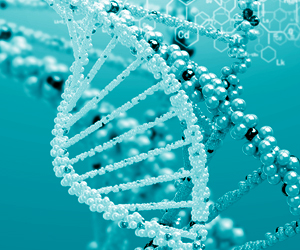
‘DNA methyltransferase 3A (DNMT3A) enzyme is responsible for positioning the methyl group in the right place on the DNA.’
Tweet it Now
Dual-layer epigenetic gene regulationScientists at the University of Zurich have now found new processes that regulate DNA methylation. Tuncay Baubec, professor at the Department of Molecular Mechanisms of Disease at the University of Zurich, and his team have shown that one particular protein plays an important part in this process: The DNA methyltransferase 3A (DNMT3A) enzyme is responsible for positioning the methylation to the right place on the DNA. "DNMT3A places itself preferably in close vicinity to genes that play an important role for development and makes sure that the DNA methylation around these genes is maintained," explains Massimiliano Manzo, lead author of the study. "The DNA methylation around these genes works like a container that ensures that H3K27me3, another epigenetic modification, which normally regulates these genes, is positioned correctly." This means that these essential genes are regulated by two epigenetic layers.
Increasing understanding of how cancer develops
The study's findings provide important basic insights for cancer research. DNMT3A is among the most frequently mutated genes in an aggressive type of leukemia, and it plays a significant role in how this disease develops. "Our findings point toward a previously unknown function of the DNMT3A protein in the interaction of these two epigenetic modifications that are normally not directly linked. We hope that these new insights will allow us to increase our understanding of the molecular mechanisms that result in cancer and to more effectively treat this aggressive type of leukemia." explains Professor Baubec.
Advertisement









